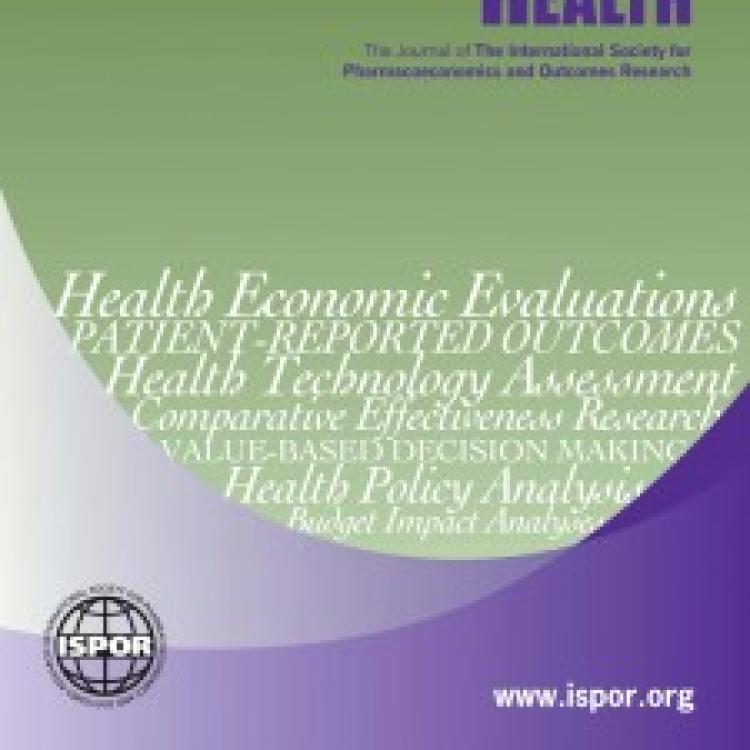Authors: Neumann, PJ; Saret, CJ.
Publication: Value in Health. April 2015.
Understanding how treatments work in the real world is an important task for health plans, providers and the biopharmaceutical industry. Payers are interested in knowing about real-world patients and comparative effectiveness research. Biopharmaceutical companies, however, may be hesitant to disseminate such information because of ambiguities in the law that was established to help companies engage health plans around real-world data to inform coverage and reimbursement.
A peer-reviewed paper written by Peter J. Neumann, ScD, and Cayla J. Saret of the Tufts Medical Center, with funding from the National Pharmaceutical Council, examined hypothetical situations to explore whether various types of information could be shared by biopharmaceutical companies under current law.
Section 114 of the Food and Drug Administration Modernization Act (FDAMA) of 1997
Section 114 of the Food and Drug Administration Modernization Act (FDAMA) of 1997 allows biopharmaceutical companies under certain conditions “to provide health care economic information not in labeling to formulary committees and similar entities.”* It defines health care economic information as an analysis that identifies, measures or compares the economic consequences of the use of the drug to the use of another drug, another health care intervention, or no intervention. The information will not be considered “false or misleading” if it is based on “competent and reliable scientific evidence,” which is a standard followed by the Federal Trade Commission. This is a different standard than the more stringent “substantial evidence,” which generally means two adequate and well-controlled clinical trials, that is required by Food and Drug Administration (FDA).**
In addition, health economic information intended for promotional purposes must “directly relate” to an approved drug indication. Section 114, however, does not expressly protect against claims that a biopharmaceutical company has used economic information to create an off-label intended use for the drug, though other concepts like “scientific exchange” might capture some of this information.***
As the study authors note, “The language of Section 114 is sufficiently vague … leaving legal, regulatory, health economics, and other teams within drug companies to interpret the statute and gauge the company’s risk tolerance. The seemingly limited use of Section 114 to date may reflect companies’ uncertainty about its scope… In practice, it is hard to know exactly what the law allows given the imprecision of the statute and the lack of guidance about its scope.”
To shed some light on these challenges, the study considers 10 hypothetical case examples:
- Costing out on-label clinical endpoints
- Promotion of a costing exercise to physicians working in an accountable care organization setting
- Burden-of-illness claims
- Economic analyses of a formulary restriction policy
- Extrapolations to doses, populations, or settings not covered in trials
- Adherence claims
- “Utilization of care” as a secondary endpoint in randomized clinical trials
- Costing out a competitor drug’s adverse event
- Economic analysis of comparative effectiveness claims using an indirect treatment comparison
- Extrapolating from surrogate to long-term outcomes in an economic model
Future Considerations
The FDA is still considering draft guidance on Section 114 that “addresses unsolicited requests, distributing scientific and medical information on unapproved new uses, and manufacturer discussions regarding scientific information...” and “health care economic information.”**** FDA has announced that it would release a guidance on the topic by the end of 2015.*****
At the same time, decisions in free speech cases, Sorrell v. IMS Health, U.S. v. Caronia and FCC vs. Fox Television Stations, “implicate the very foundations of FDA's regulations and policies governing manufacturer dissemination of information.”******
-----------------------------------------
* Temple, R. Communication of CER Findings, Asymmetry in the Ability to Communicate CER Findings, Washington, DC. February 9, 2012. Slide 9.
** Hofelich A, Westrich K. “Comparative Effectiveness: Asymmetry in the Ability to Communicate Findings” in Off-Label Communications: A Guide to Sales & Marketing Compliance, 4th Edition, ed. Levy M, (Washington: DC, 2014).
*** FDA’s regulations regarding the promotion of investigational drugs states that they are not “intended to restrict the full exchange of scientific information concerning the drug” but rather “to restrict promotional claims of safety or effectiveness of the drug … and to preclude commercialization of the drug before it is approved.” 21 C.F.R. § 312.7. FDA has not, however, provided clear guidance on the line between “scientific exchange” and “promotional claims”; this line is one of the subjects of a Citizen Petition filed by several manufacturers.
**** Food and Drug Administration Response to Docket Nos. FDA-2011-P-0512 and FDA-2013-P-1079, available at http://www.pharmamedtechbi.com/~/media/Supporting%20Documents/The%
20Pink%20Sheet%20DAILY/2014/June/off%20label%20citizen%20petitions%
20granted%2006_06_14.pdf (last visited June 12, 2014).
***** Guidance Agenda: New & Revised Draft Guidances CDER Is Planning to Publish During Calendar Year 2015, Food and Drug Administration, available at http://www.fda.gov/downloads/Drugs/GuidanceComplianceRegulatoryInformation/
Guidances/UCM417290.pdf (last visited April 21, 2015).
****** Citizen Petition to the Food and Drug Administration Division of Dockets Management, September 13, 2013, available at http://www.cohealthcom.org/wp-content/uploads/2013/09/citizen-petition.pdf (last visited May 23, 2014).
